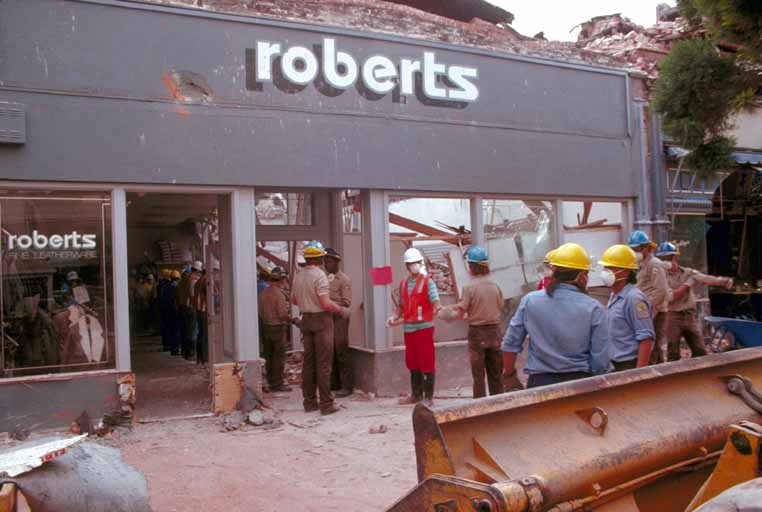Lyrics
The Winner: Tim Hartnett
If you want fiber optic speeds, and Net Neutrality
Friendly people you can talk to at a local company
Hook up with the coolest internet I know
Get connected with Cruzio
Get connected with Cruzio
Sven 1
It takes a lot of fiber
To hold the world together
Cruzio’s got it,
The best in town!
Sven 2
Time to upgrade
My old internet
And I know just
What I want
It’s fast and secure and for home and for business with fiber enhancements and who has all that!?!
Cruzio! Cruzio! Cruzio. Cruzio!
The local choice is clear
Michael
Happy Streaming
Email Greetings
It’s all here at Cruzio
Fast Fiber
No Copper Wire
It’s all here at Cruzio
Friendly service
You deserve it
It’s all here at Cruzio
30 years ago
Santa Cruz’s own
It’s all here at Cruzio
It’s all here at Cruziooo ——–
John
I’m trusting Cruzio
I love it truth be told
I’ll be online so quick
It’s friendly and fast
And it will save you some cash
Online, at the speed of a click
{Click sound}
Jacob
Where do i get my internet from
Cruzio
Fast fiber optics for your home or business
Cruzio
Friendly fast and local, private net neutral
Cruzio
Peter
If you want internet
Cruzio
It’s the way to go
Cruzio
It’s the way to go
Cruzio
If you’re on the internet
Cruzio
If you’re on the internet
Cruzio
It’s the way to go
Business or home
Fast, friendly, local
Nikki
Faster, private, net-neutral internet. Cruzio.com. For Fiber, and beyond.
Jon
Cruzio is the place to go
Ultra high speed internet connections guaranteed
The other companies ain’t got no soul
Future proof your business with Cruzio
{interlude}
Future proof your business with cruzio
Cruzio is the place to go
David
Cruzio is fast
high speed internet for your home
and your business oh yeah
Cruzio is fast oh yeah
Fiber fiber fiber fiber fiber fiber oh yeah
Cruzio is fast oh yeah!
Elisabeth
Cruzio
Connect and go
Fiber optics boost your flow
Get hooked up by a local bro
Surf the web with Cruzio
Dream Tonic
Cruzio – Today is a happy day
Cruzio – Fiber speed, comin’ your way
Cruzio – At home or your business away
Cruzio – is your local choice today…
Eric
{Beat boxing}
Cruzio cruzio cruzio cruzio CRUZIO (in Figaro tune)
{More beat boxing}
Hey santa cruz county
This is our jingle
Our internet so strong
It’ll make your bits tingle
Gigbit speeds that’s fast fast fast
Our customer service is built to last
Ya got a business or netflix
You already know
You need that internet to flow flow flow
And that’s why you want
Cruzio (in Figaro tune)
Lalalalala lalalalala laaaaaa
Sasha
Cruzio, Cruzio, Cruzio x2
I get my internet
From Cruzio
And then I go-o-o-oh
High speed, friendly, local, home, business
fiber optic net neutral connectivity
Jake
Sunny santa cruz
Home of
Cruzio
Fast speed
Internet
Surf the web
With your local bros
Ain’t no sharks in these waters
We’re the fiber optic doctors
Take it from me
Give as a call at
831-459-6301 (x2)
Cruzio
Cruzing California
A whooshing sound, rising to a big crescendo. No lyrics.
The Jingleberries
If you need the internet in your business or in your home
Cruzio fiber keeps you online all day long
Local and fast they give you the service you want and need
High speed internet from the boardwalk to UCSC
That’s why we’re surfing, surfing, surfing with Cruzio
Surfing, surfing, all the Santa Cruz locals know
Broadband wireless service is tireless
Everyone wants to go
And keep on surfing, surfing, surfing with Cruzio
Michael
For the fastest connections to patch you through
With fiber-optics that cannot lose,
There’s only one that surfs like you do:
Cruzio, here in Santa Cruz.
We lead the way
Here locally,
Call Cruzio today!































